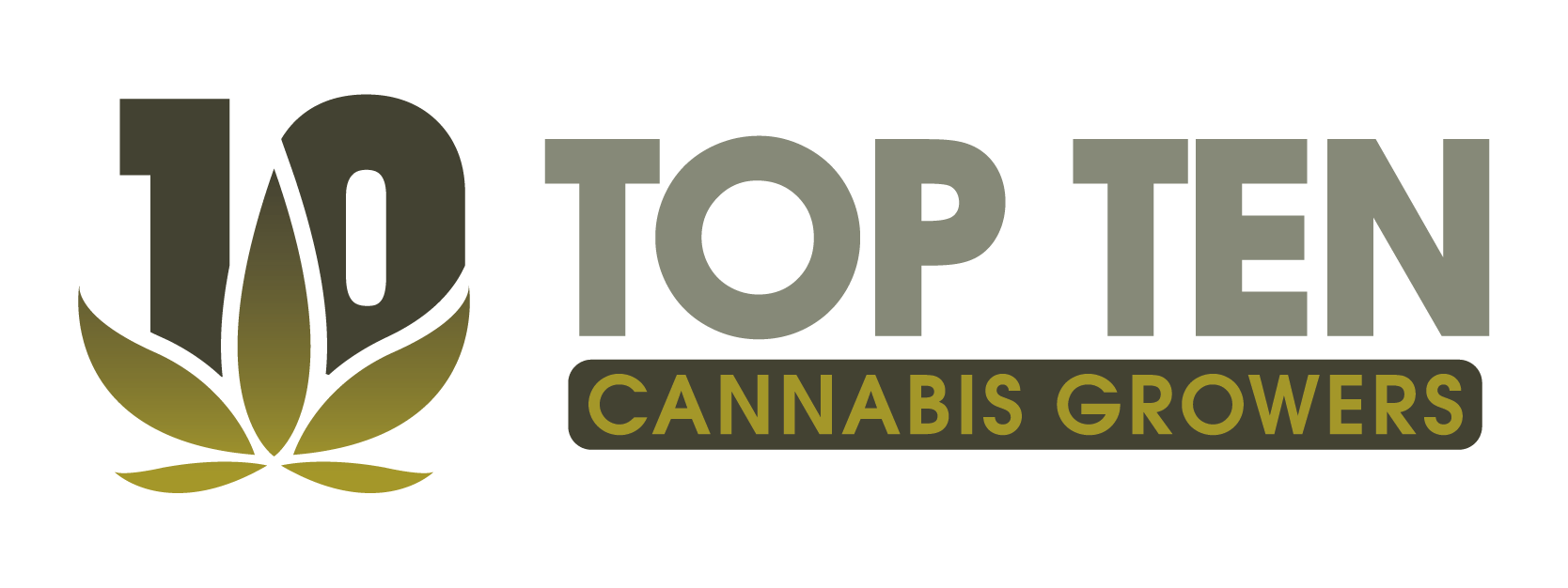In the legal cannabis industry, the debate between indoor versus outdoor cultivation remains central to strategy discussions among top growers. Industry data shows that a large majority—approximately 63 percent of commercial cultivation in the U.S.—occurs indoors, with another 20 percent grown in mixed‑light greenhouse operations.
Precision, Potency, and Year‑Round Production: Why Indoor Reigns Among Commercial Leaders
Leading cultivators overwhelmingly choose indoor growing for its ability to deliver consistent high-quality product, controlled environmental variables and rapid, predictable yields. Indoor setups allow exact management of lighting, humidity, CO₂ levels, and pest control—key factors in achieving top-tier THC potency and tight, visually appealing buds preferred by dispensaries and consumers.
In a recent report, indoor-grown cannabis accounted for 52.5 percent of U.S. cultivation revenue, due in large part to consumer preference for high‑quality flower, even at higher cost. According to the National Cannabis Industry Association (NCIA), indoor flower often delivers 10 percent more profitability than similarly sized outdoor operations, thanks to higher THC yields and bag appeal, despite increased energy expenditure.
Sustainability and Cost Pressures: The Rising Case for Outdoor Cultivation
Despite its advantages, indoor cultivation carries a heavy environmental footprint. Research led by Evan Mills finds that indoor cannabis operations contribute emissions equivalent to 10 million cars, consuming roughly 1 percent of U.S. national electricity. A shift to outdoor grows could cut those emissions by up to 76 percent.
Outdoor cultivation harnesses sunlight and natural soil, significantly reducing energy, water and waste. Growers benefit from deeper root systems, lower nutrient and water requirements, and often richer terpene profiles—the result of natural stressors like wind or pests that can enhance flower character.
One industry analyst summed up outdoor appeal in a Reddit discussion:
“Indoor is great for bag appeal and THC … it costs more, yields less, and terp profiles are often pretty stale. Light‑deps are honestly the best of both worlds… really make terps pop.”
Practical Limitations: Climate, Regulations and Regional Risk
That said, outdoor growing remains viable mainly in favorable climates and under supportive regulations. States such as California, Vermont or Massachusetts allow licensed outdoor cannabis cultivation, while others—like Illinois—restrict commercial operations to enclosed facilities. Harsh weather conditions, pests, theft and inconsistent seasonal cycles pose challenges that many businesses prefer to avoid.
In regions with short seasons or erratic climate, indoor cultivation becomes less a choice than a practical necessity. A commentary on New York’s regulatory landscape noted that local growers are forced into outdoor or greenhouse production despite strong consumer demand for consistent indoor flower; indoor cultivation is considered essential due to the state’s unpredictable weather and brief growing windows.
Grower Feedback: What Experienced Cultivators Say
Interviews with top-tier growers reinforce these trends. Indoor operators stress that consistency and scalability are key—conditions they can replicate year-round, enabling them to meet tight product specifications and brand standards. Out‑door growers and greenhouse operators, by contrast, highlight vast cost savings, more sustainable operations, and differentiated terpene and aroma profiles prized by artisanal markets.
Industry reports consistently recommend encouraging outdoor or greenhouse methods where practical due to energy efficiency and lower capital barriers—but conclude that indoor remains the dominant model for meeting commercial demand in established legal markets.
Verdict: Grower Preference Depends on Strategy
In summary, top cannabis growers overwhelmingly lean toward indoor cultivation to maximize control, quality, potency and revenue—especially within regulated systems. At the same time, outdoor growers are gaining traction for lower‑cost sustainability, richer natural flavor profiles, and reduced carbon impact in appropriate climates.
The decision often comes down to overarching business strategy: indoor growing dominates the premium market; outdoor cultivation offers an efficient, lower‑risk alternative for growers focusing on scale, sustainability or niche artisanal branding.
Conclusion for growers:
- For premium THC potency, year‑round production, brand consistency, and retail demand: indoor cultivation is preferred by most top commercial growers.
- For low‑energy costs, environmental sustainability, and flavor focused markets—especially in moderate climates—outdoor or greenhouse cultivation presents a compelling alternative.
Leading operators tailor their choice based on location, capital availability, regulatory allowance, and the quality profile they aim to deliver.
